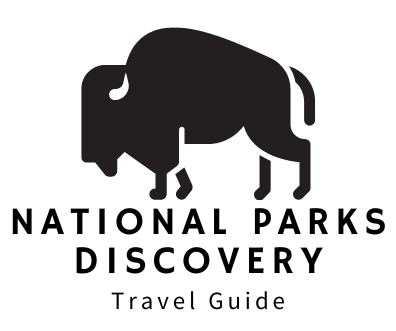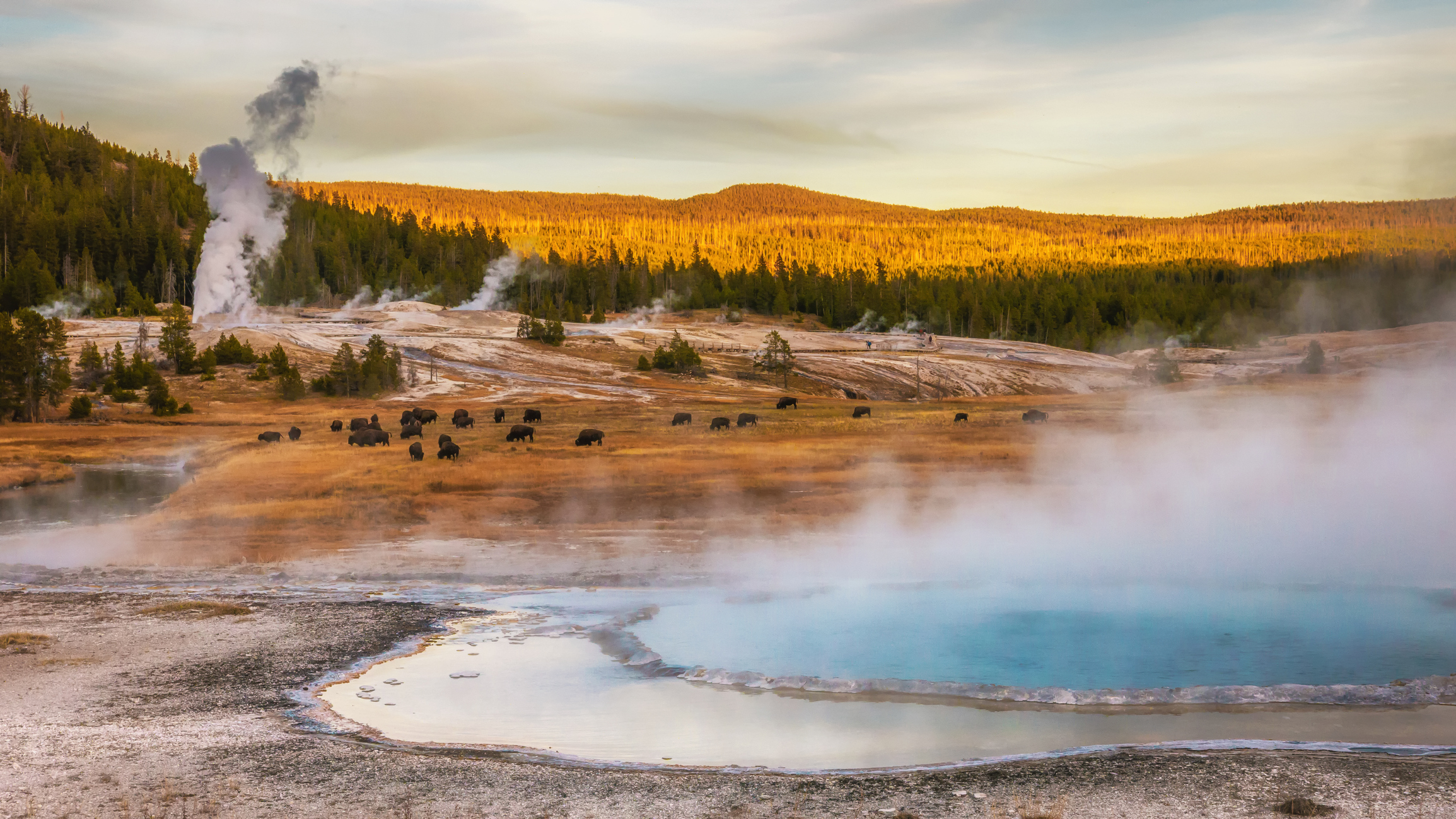Yellowstone National Park is a place like no other. It’s not just America’s first national park; it’s a symbol of the beauty of the natural world. Located mainly in northwestern Wyoming, it’s an area rich with wildlife, stunning landscapes, and geothermal wonders. From the vibrant colors of the Grand Prismatic Spring to the awe-inspiring power of the Yellowstone Caldera, this park offers a unique window into the beauty and complexity of our planet.
Where Is Yellowstone?
What State Is Yellowstone National Park Located In?
Yellowstone National Park is located primarily in the state of Wyoming. However 3% of the northern part of the park is in Montana, and 1% in the west is in Idaho.
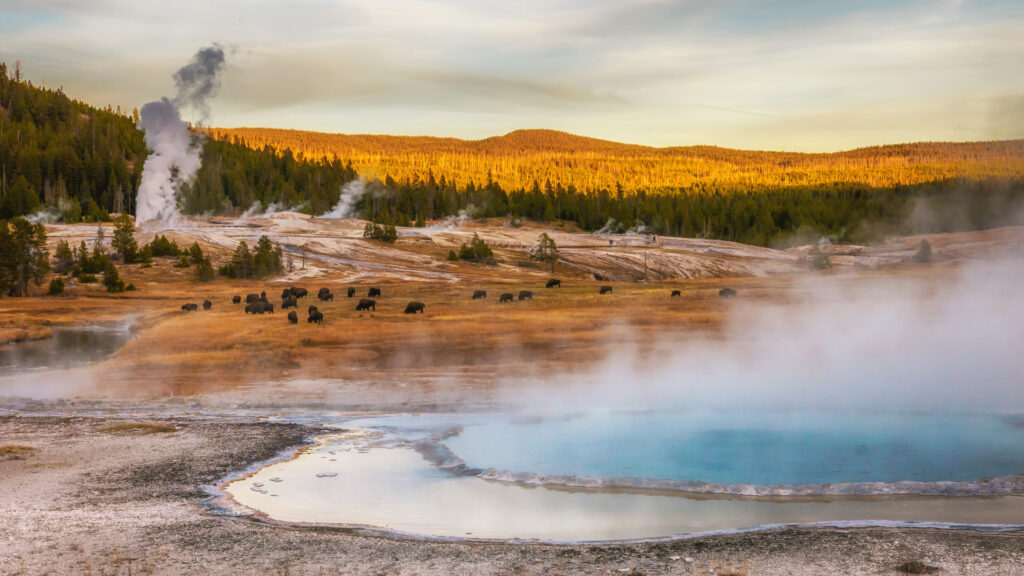
The Greater Yellowstone Ecosystem
The park is part of a bigger area called the Greater Yellowstone Ecosystem. This massive area is one of the last nearly untouched ecosystems in North America. It’s a treasure trove of nature!
What Cities is Yellowstone Park In?
The nearest cities to Yellowstone National Park Gardiner, Montana next to the North Entrance and then West Yellowstone, Montana which is next to the West Entrance of Yellowstone.
How Much Does it Cost to get into Yellowstone National Park?
The cost for getting into Yellowstone National Park is $35 for a private noncommercial vehicle and this pass is good for 7 days. If you are planning a longer stay or are going to multiple parks in one trip then you need to get the American the Beautiful park pass to save money.
How Big Is Yellowstone?
Yellowstone National Park Square Miles
Yellowstone covers a whopping 2.2 million acres. That’s over 3,400 square miles! To give you an idea, that’s almost 3,000 times bigger than Central Park in New York City. That’s larger than the states of Delaware and Rhode Island combined!
Entrances to the Park
South Entrance
The South Entrance is a fantastic starting point if you’re also planning to visit Grand Teton National Park. These two parks are practically neighbors! The South Entrance is near the John D. Rockefeller, Jr. Memorial Parkway, which connects Yellowstone to Grand Teton. This route offers stunning mountain vistas and the chance to see Jackson Lake. Once inside Yellowstone, you’ll be close to Yellowstone Lake, one of the largest high-altitude lakes in North America.
West Entrance
The West Entrance is near the town of West Yellowstone. This entrance is especially popular in the winter for those looking to explore the park’s snowy landscapes. The West Entrance is the gateway to the Madison River and the Lower, Midway, and Upper Geyser Basins, where you can find Old Faithful and the Grand Prismatic Spring.
North Entrance
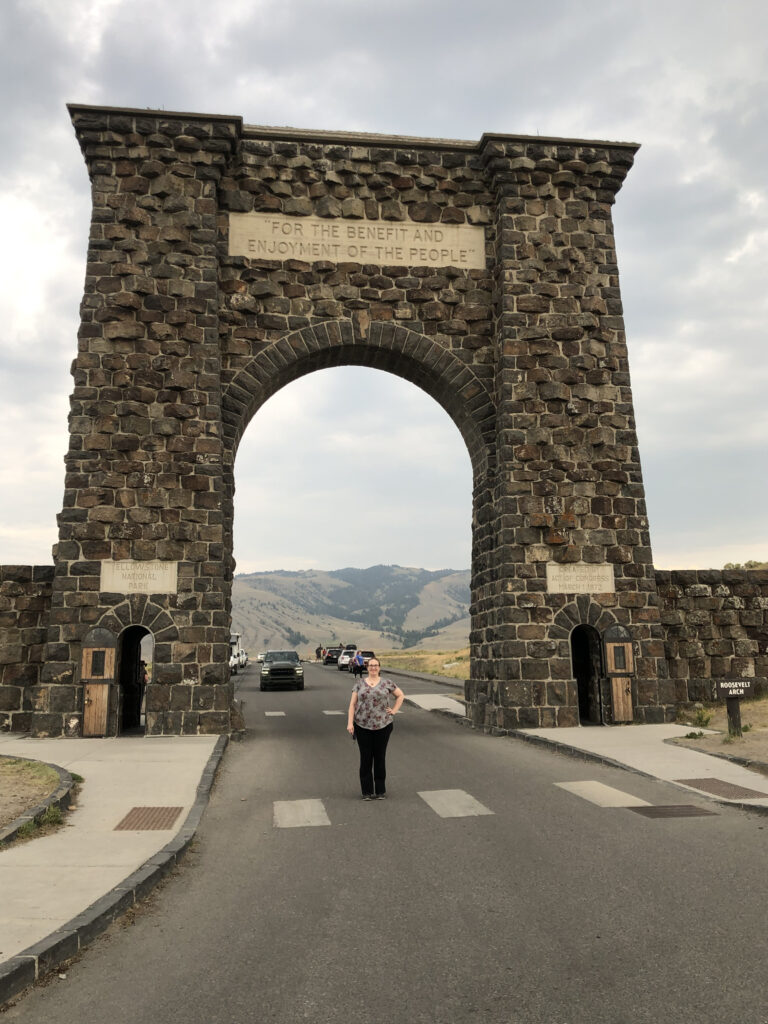
The North Entrance is the only entrance to Yellowstone that’s open year-round. This entrance is located near Gardiner, Montana, and it’s the original park entrance, featuring the iconic Roosevelt Arch. This stone archway has the words “For the Benefit and Enjoyment of the People” inscribed on it, setting the tone for your adventure ahead. From here, you’ll have easy access to Mammoth Hot Springs and the Yellowstone Caldera.
Northeast Entrance
Close to Cooke City, Montana, the Northeast Entrance offers a more remote experience and is the gateway to the Lamar Valley. Known as the “Serengeti of North America,” this area is a wildlife-watching paradise where you might see bison, wolves, and grizzly bears.
East Entrance
The East Entrance is close to Cody, Wyoming, a town founded by Buffalo Bill himself. This entrance provides access to Yellowstone Lake and is a great choice if you’re interested in fishing or boating. The route from Cody to this entrance passes through the scenic Wapiti Valley, offering you fantastic views along the way.
The Incredible Wildlife
Large Predators: The Pillars of the Ecosystem
Grizzly Bears
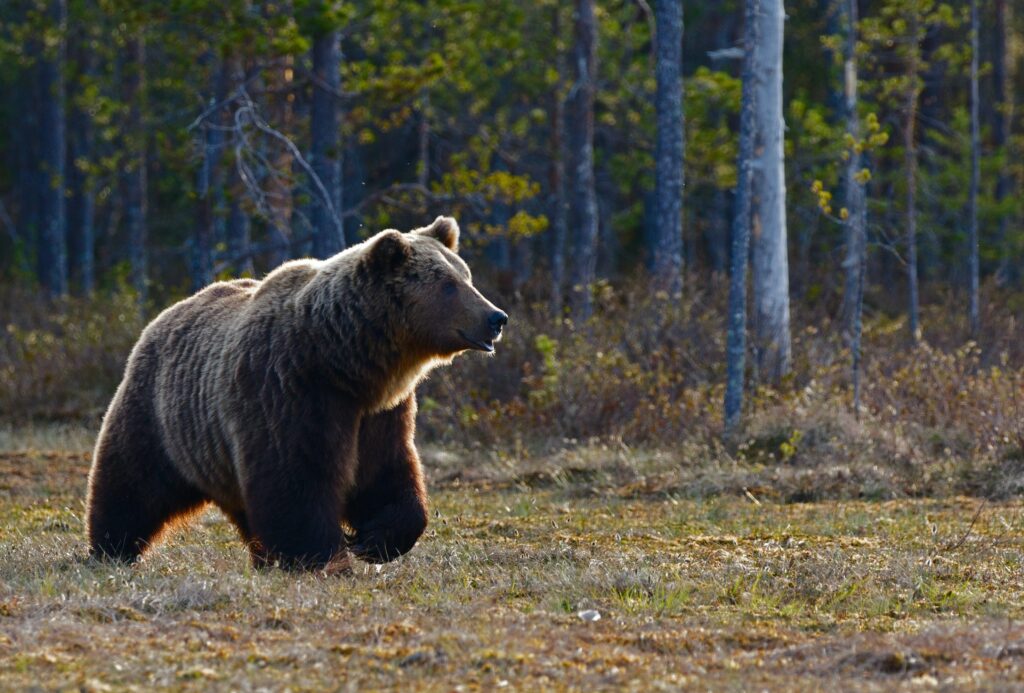
Grizzly bears are iconic figures in Yellowstone’s natural drama, often seen in the park’s meadows and forests. Safe observation practices are crucial for the well-being of both bears and visitors.
Black Bears

Black bears frequent the wooded regions of the park and are typically smaller than grizzlies. Like all wildlife, it’s essential to keep a respectful distance.
Wolves
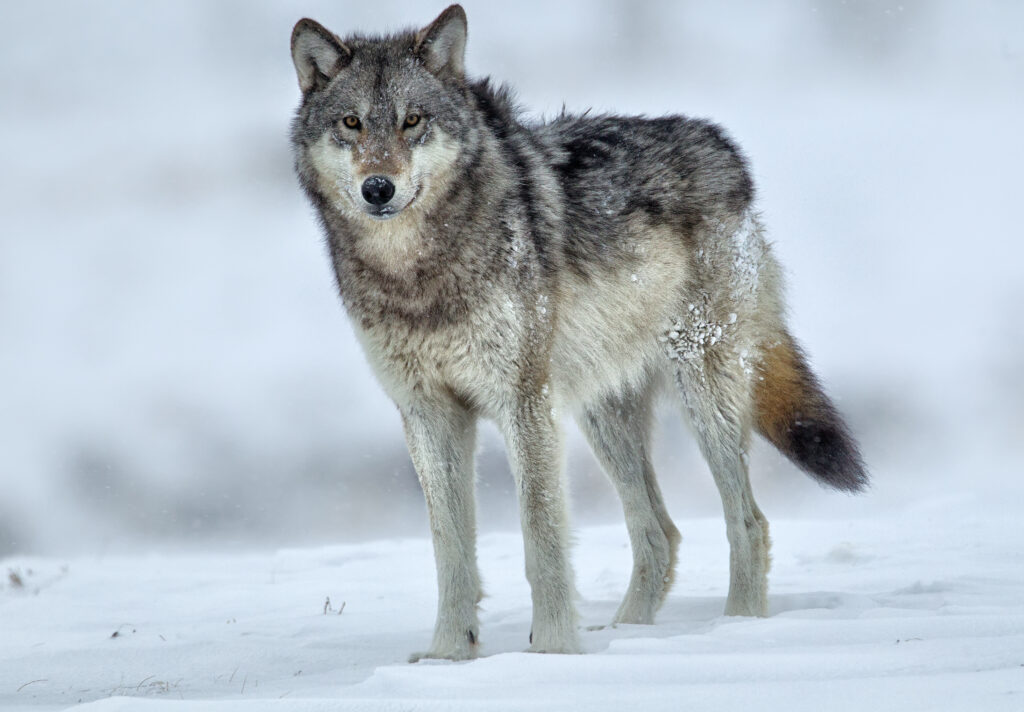
Wolves were reintroduced to Yellowstone in 1995 and have been pivotal in balancing the ecosystem. These elusive predators are sometimes visible in places like the Lamar Valley.
Coyotes
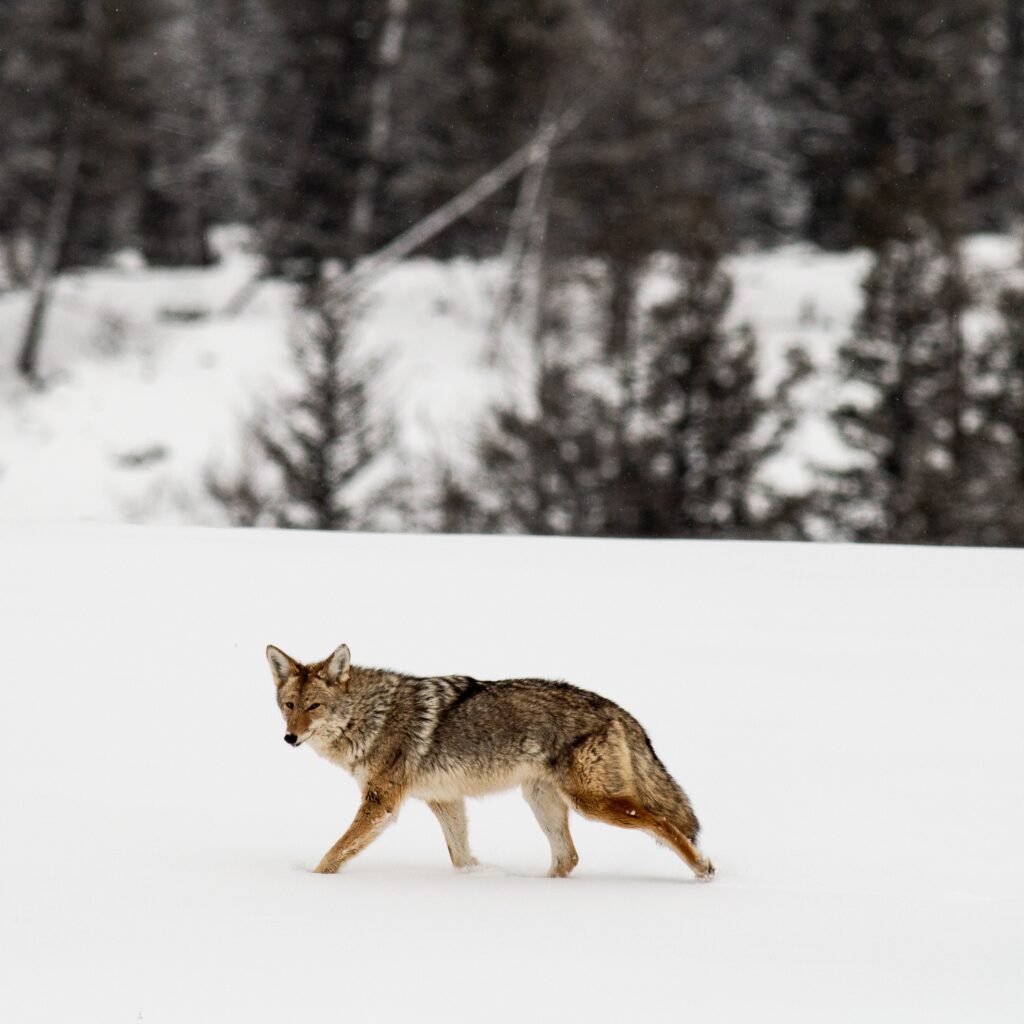
Coyotes are frequently spotted throughout the park. They are smaller in size to a grey wolf and usually are more solitary versus living in packs.
Mountain Lions
Also known as cougars, these highly elusive predators occupy the park’s rocky and forested areas. While sightings are rare, they are an integral part of Yellowstone’s ecosystem.
Herbivores: More Than Just Grazers
Elk
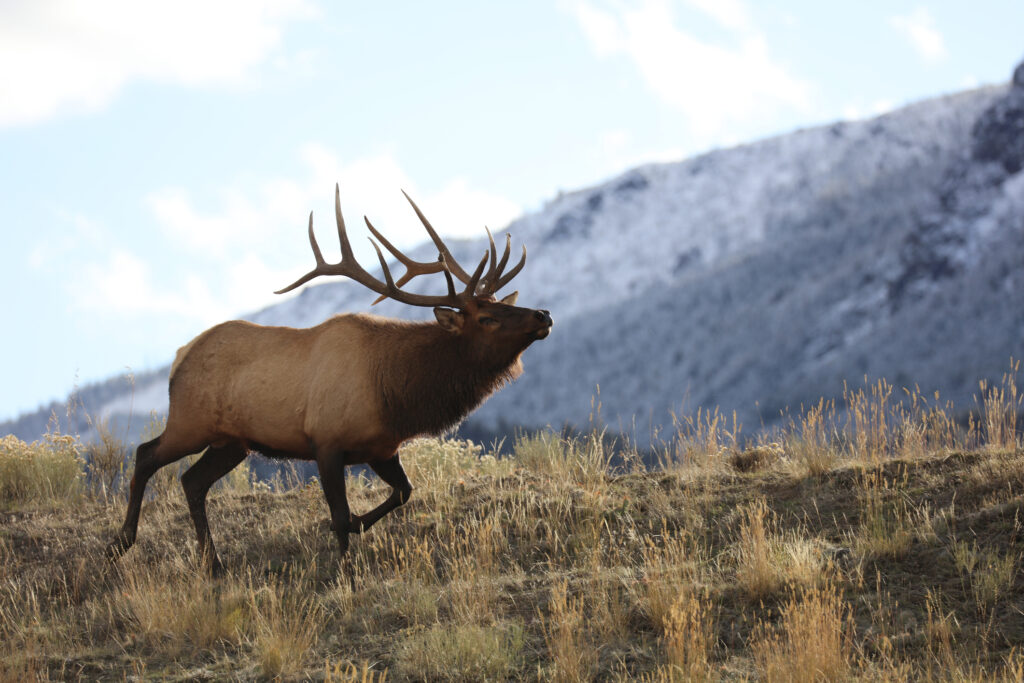
Elk are often visible in the park, grazing in fields or gathering near water sources. Their magnificent antlers are a sight to behold.
Bison

These imposing animals are a symbol of the American West and are commonly found in Yellowstone’s open valleys.
Antelope (Pronghorn)
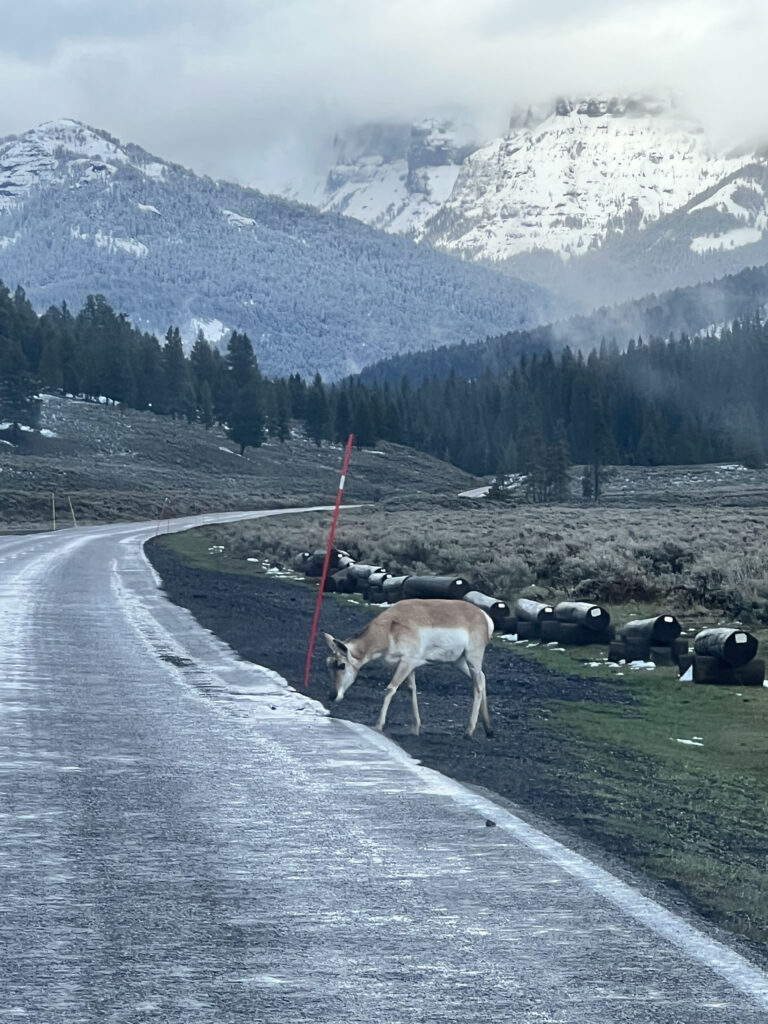
Smaller than elk but no less captivating, mule deer are often seen along the park’s roadways and in meadows.
Bighorn Sheep
Recognizable by their curved horns, bighorn sheep usually inhabit the mountainous regions of the park. They are agile climbers and are often seen navigating steep, rocky outcrops.
Smaller Inhabitants: Small But Significant
Marmots
These charming rodents can often be found sunning themselves on rocks and have a unique system of vocal alarms for danger.
Other Noteworthy Wildlife
The park also hosts a variety of other fascinating creatures, such as eagles, trout, squirrels, and chipmunks.
Natural Wonders Galore
Geothermal Features
Yellowstone is famous for its geothermal features. These are spots where the Earth’s internal heat escapes to the surface in remarkable ways. This happens because Yellowstone sits on a volcanic hot spot.
Upper Geyser Basin: Old Faithful and More
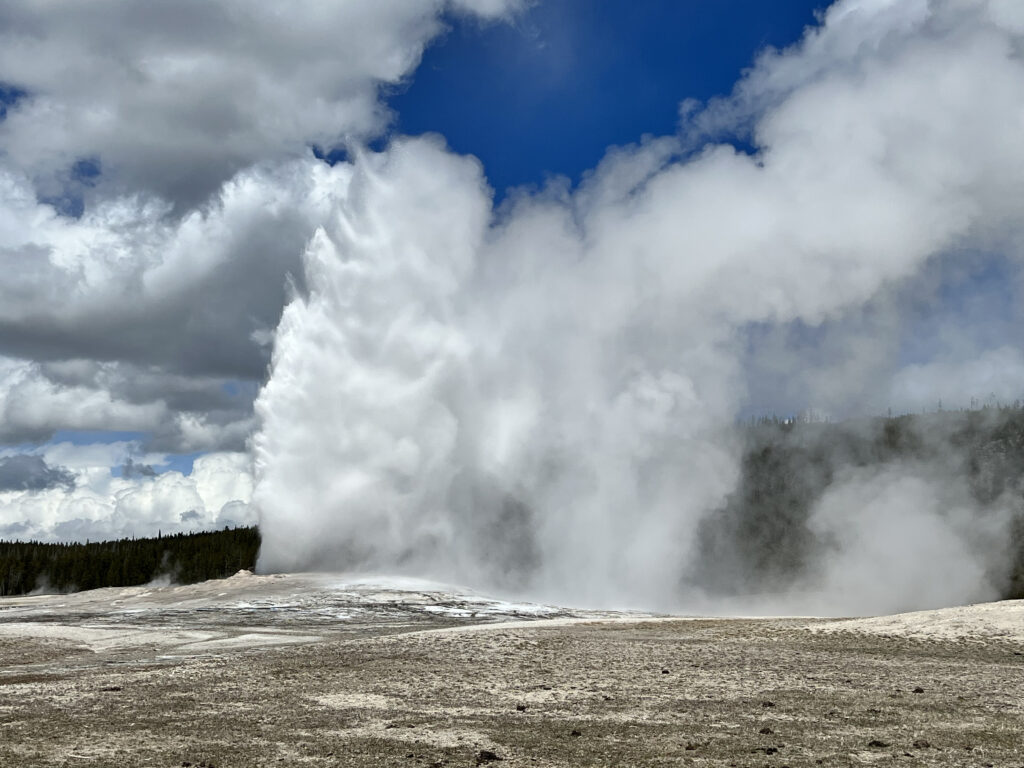
The Upper Geyser Basin is home to the legendary Old Faithful. This geyser got its name because of its reliably frequent eruptions—approximately every 90 minutes. The area surrounding Old Faithful has more geysers than any other location on Earth. You’ll also find hot springs and fumaroles (steam vents) here.
Grand Prismatic Spring
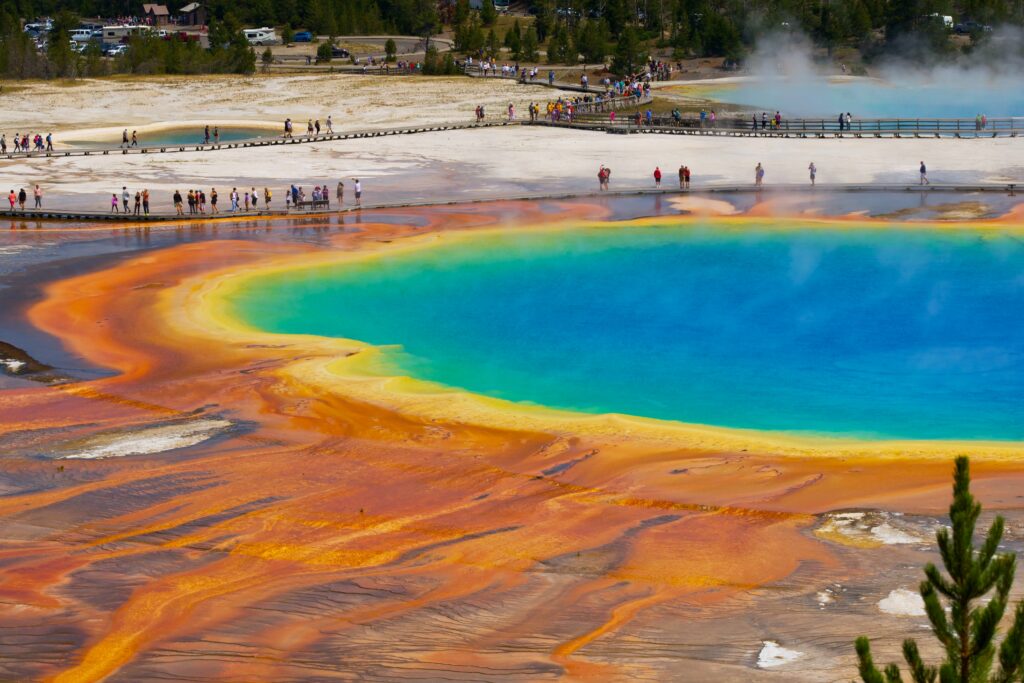
The Grand Prismatic Spring is another awe-inspiring feature, boasting vibrant bands of color. It’s the largest hot spring in the U.S. and the third-largest in the world. The vivid colors result from different types of bacteria that live in the varying temperatures of the spring.
Major Attractions
Mammoth Hot Springs
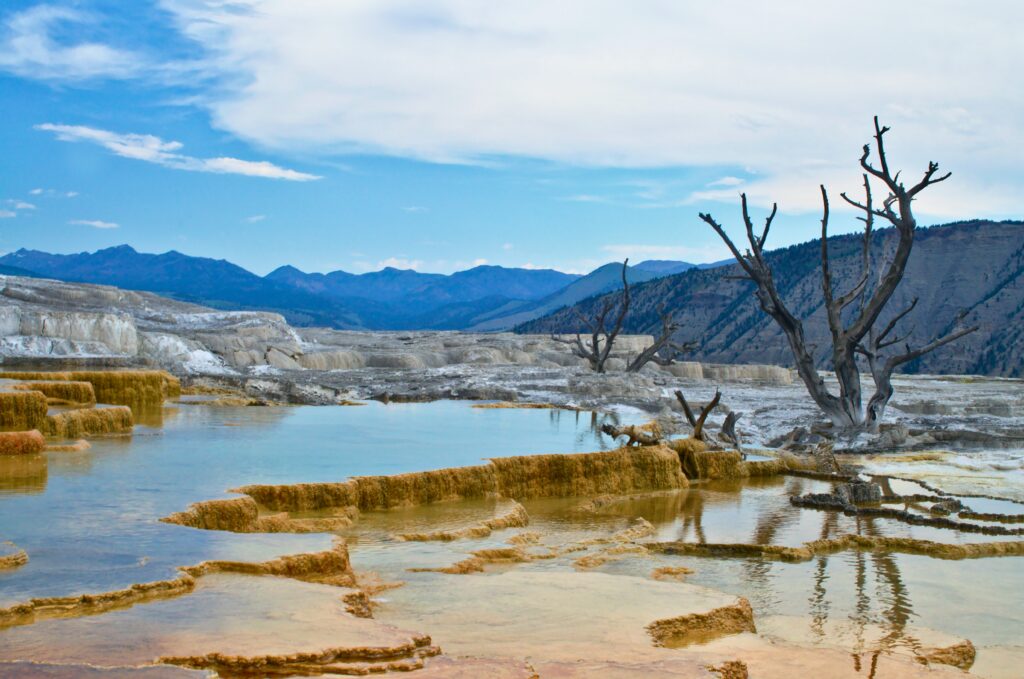
You can’t visit Yellowstone without seeing Mammoth Hot Springs. This large complex of hot springs is like a flowing sculpture, changing constantly as hot water moves through the limestone below. Wooden boardwalks let you safely explore the area.
Yellowstone Caldera: The Super Volcano
The entire park sits on top of a ‘super volcano,’ known as the Yellowstone Caldera. While it’s not expected to erupt anytime soon, the caldera fuels many of the park’s geothermal features.
Water Wonders
Yellowstone River
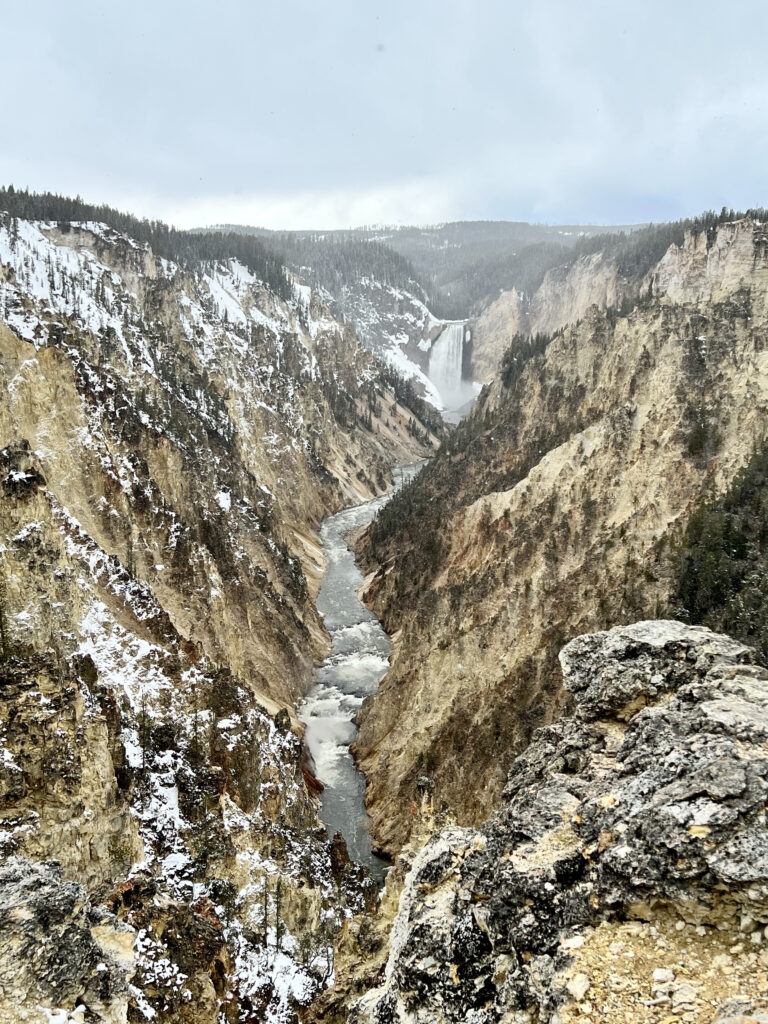
The Yellowstone River runs through the park and feeds into Yellowstone Lake. It also carves through the Grand Canyon of the Yellowstone, offering numerous photo opportunities.
Yellowstone Lake
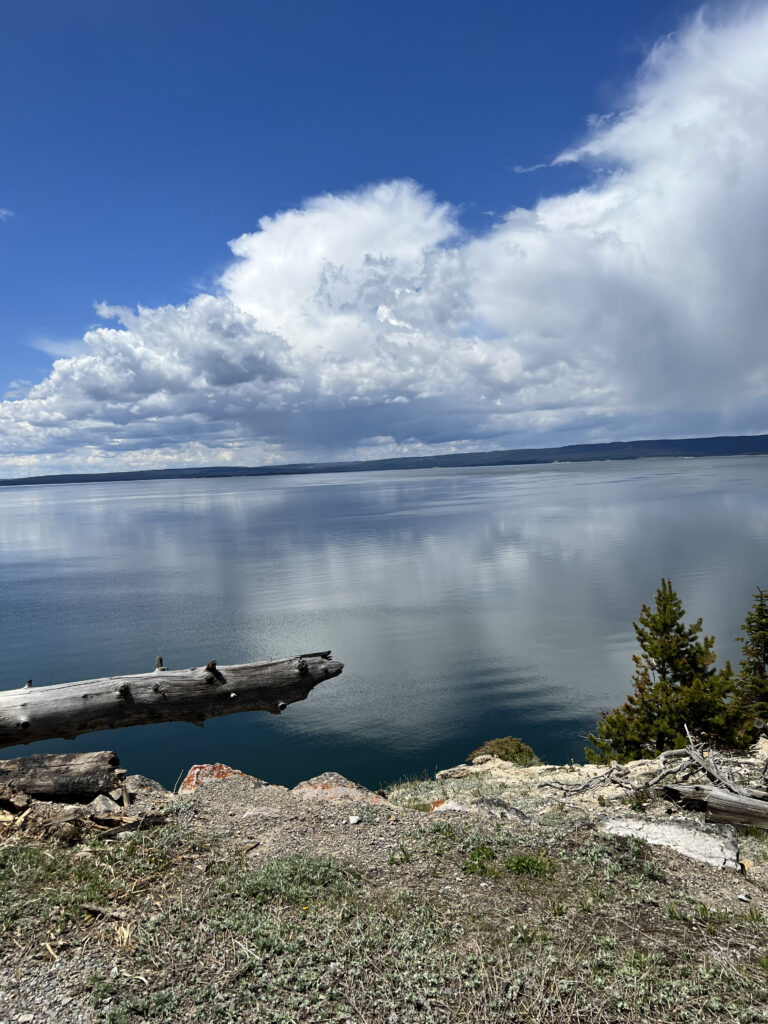
Yellowstone Lake is a high-altitude body of water with stunning views of the surrounding mountains. The lake is perfect for boating, fishing, and even just taking in the scenery.
Grand Canyon of the Yellowstone
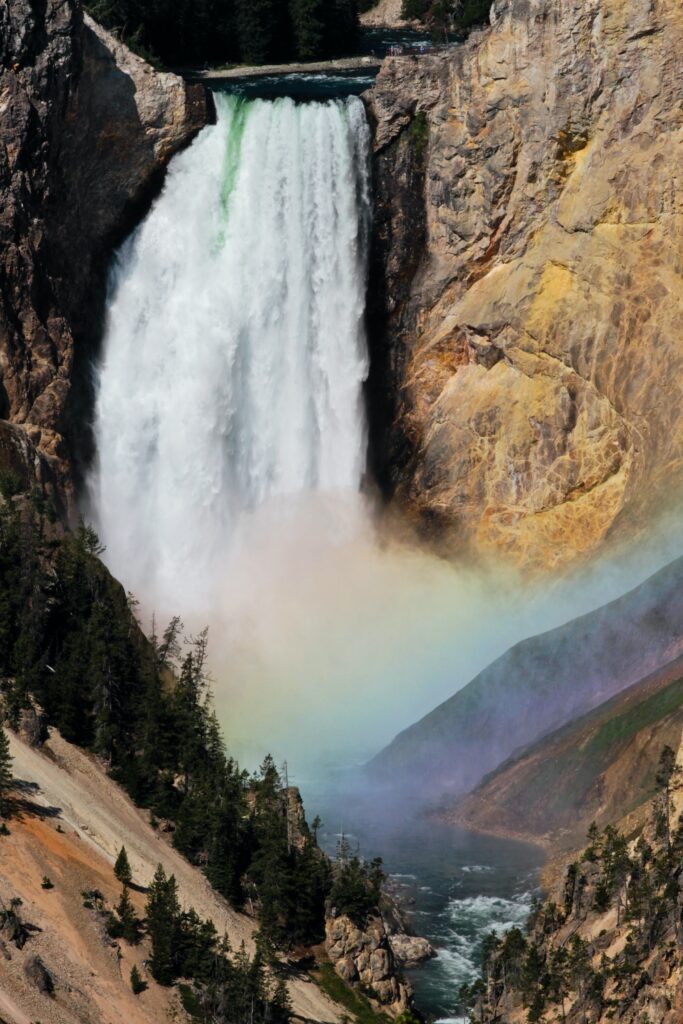
The Grand Canyon of the Yellowstone is a breathtaking sight. It has two major waterfalls, the Upper and Lower Falls, with the Lower Falls being almost twice as high as Niagara Falls. You can see the falls from various viewpoints, including Artist Point, which gives you a panoramic view of the canyon’s vivid colors.
Wildlife Hotspots
Lamar Valley
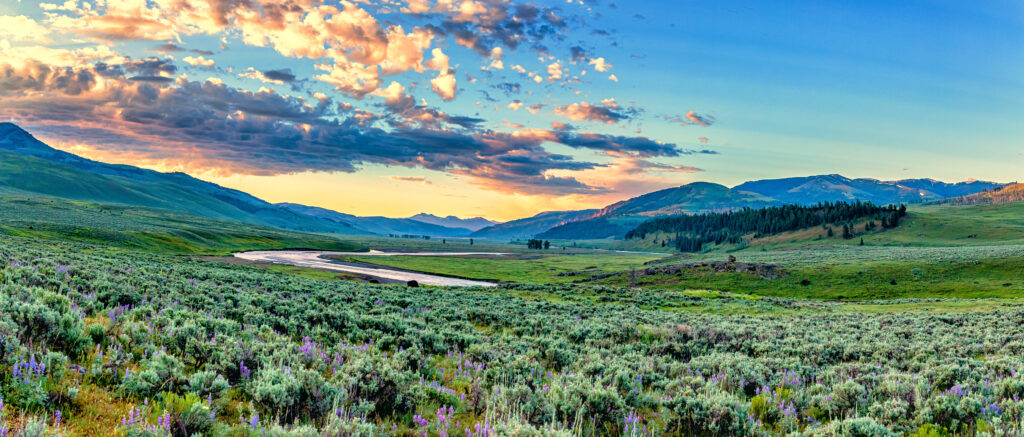
Often called the “Serengeti of North America,” Lamar Valley is one of the best places in the park to see wildlife. Bison, elk, and wolves frequent this area, especially during dawn and dusk.
Hayden Valley
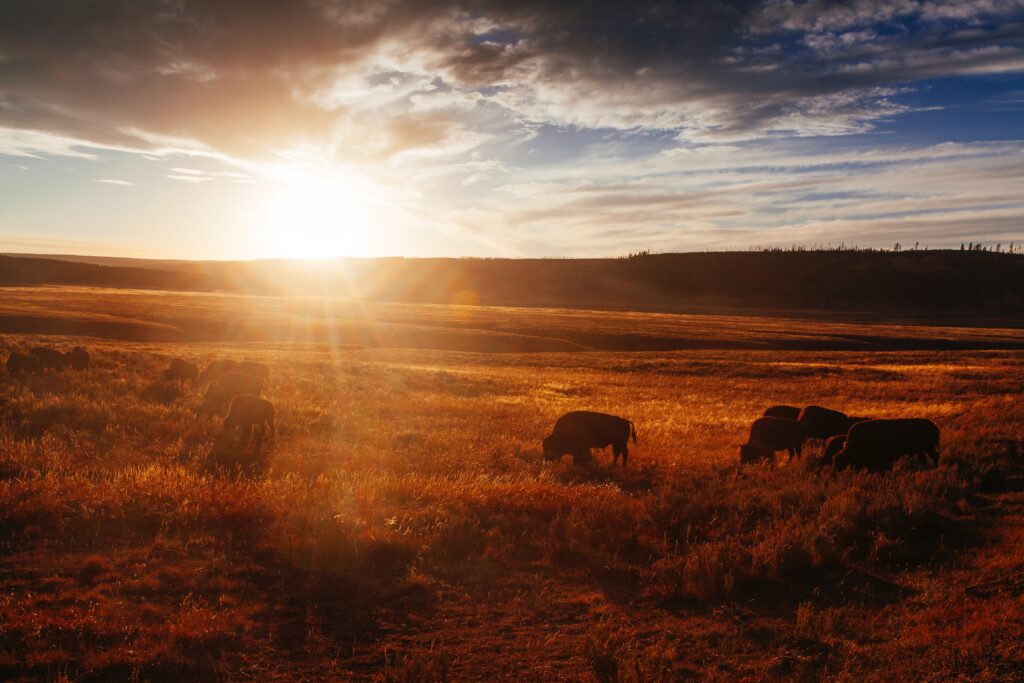
Another fantastic area for wildlife
Places Nearby
Grand Teton National Park
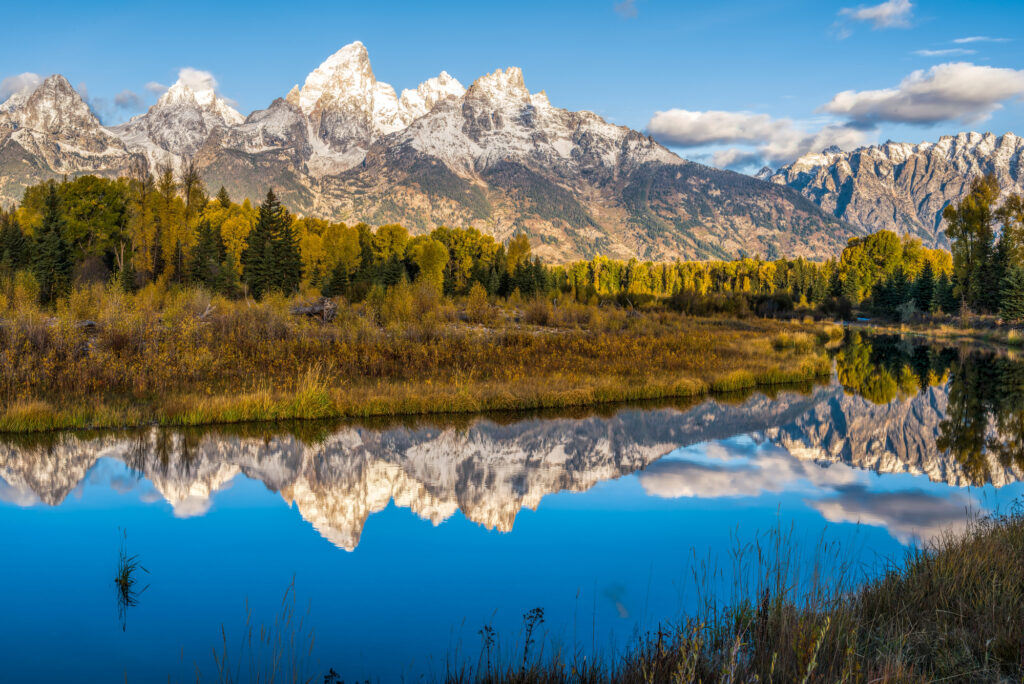
Located just to the south of Yellowstone, Grand Teton National Park is another jewel in the National Park Service. It’s known for its stunning mountain vistas.
Important Info for Visitors
National Park Service
Role in Yellowstone
The National Park Service (NPS) plays a critical role in maintaining and protecting the park’s natural and cultural resources for future generations. They are responsible for everything from wildlife management to maintaining trails and visitor centers.
Visitor Centers
Yellowstone has multiple visitor centers throughout the park, including Canyon Village Visitor Center, Old Faithful Visitor Center, and others. These centers offer educational exhibits, bookstores, and knowledgeable rangers to answer questions. Many centers also show films about the park’s history, geology, and wildlife.
Ranger-Led Programs

The NPS offers various ranger-led programs, such as guided hikes and talks. These programs are usually free and provide an in-depth understanding of the park’s diverse ecosystem and history.
How Yellowstone Became a Park
Ulysses S. Grant and the U.S. Congress
President Ulysses S. Grant signed the law passed by the U.S. Congress on March 1, 1872, establishing Yellowstone as America’s first national park. This was a groundbreaking move that set a precedent for the conservation of natural spaces, both in the United States and around the world.
The Importance of Legislation
The legislation that created Yellowstone was revolutionary because it set aside land for the purpose of public enjoyment and scientific study, rather than for development or private use. This became the foundation of the national park concept, influencing the creation of parks worldwide.
Why Yellowstone Is Important
Half of the World’s Hydrothermal Features
Yellowstone contains an incredible variety of hydrothermal features, including over 10,000 hot springs, fumaroles, mud pots, and geysers. Remarkably, this accounts for half of all such features on Earth.
A Natural Laboratory
Yellowstone serves as a natural laboratory for scientists studying everything from geology to climate change and ecology. The research conducted here not only adds to academic knowledge but also helps policymakers make informed decisions about conservation.
Cultural Importance
The park has significant cultural importance as well. Native American tribes, including the Shoshone, Blackfoot, and Nez Perce, have historical ties to the Yellowstone region. The park aims to honor these connections through educational programs and exhibits.
Economic Impact
Yellowstone also has a substantial economic impact. According to studies, the millions of visitors who come to the park annually contribute a significant amount of money to the economies of Wyoming, Montana, and Idaho.
Read More About Yellowstone
- 35 Best Ways To Save Money In Yellowstone National Park 2023
- Best and Nearest Airports To Yellowstone National Park
- 10 Common Mistakes to Avoid When Visiting Yellowstone National Park
- When Is The Best Time of Year to Visit Yellowstone?
- Bear Safety in Yellowstone: What Every Visitor Needs to Know
- Morning Glory Pool At Yellowstone National Park
